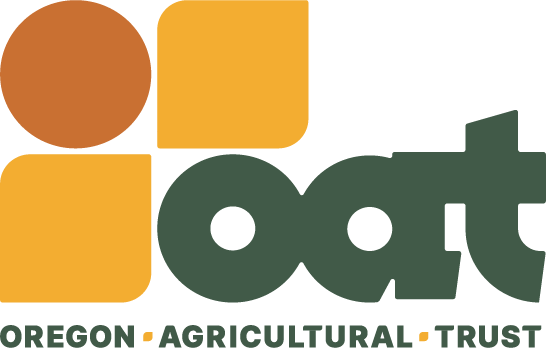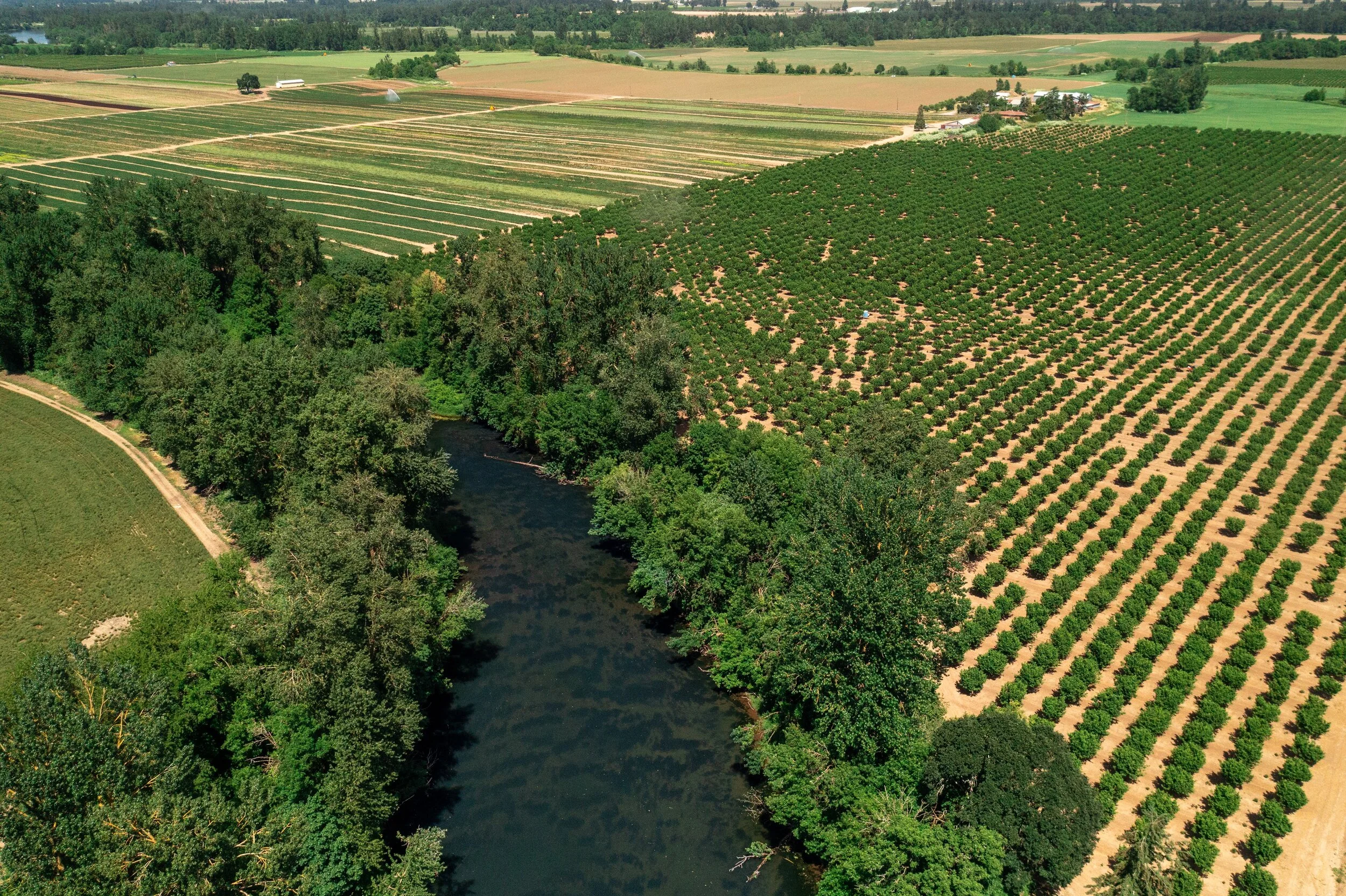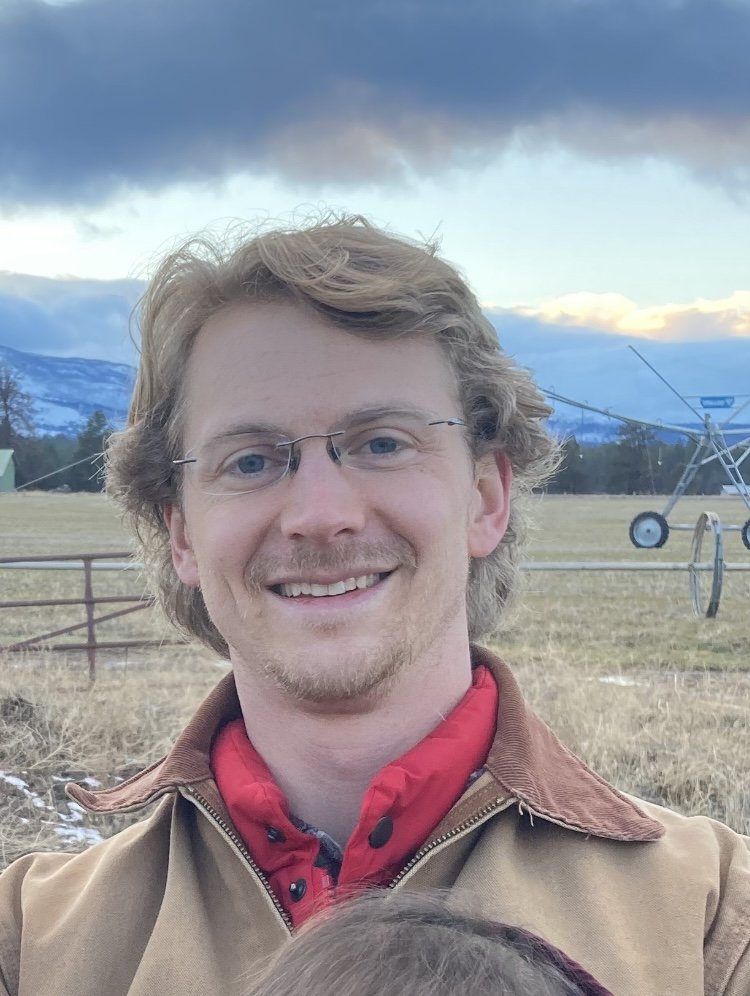Intern Jordan Rudinsky shares his connection to Oregon agriculture, and what drew him to intern with OAT on a succession planning education project.
I am a second year student at Harvard Law School, where I am also pursuing a PhD in Government. I have just completed an internship at OAT, assisting with the development of educational materials on working lands conservation easements.
Born in Portland and raised in Sisters, I have family roots in Grant County cattle ranching going back six generations. This connection has instilled in me an appreciation of not only the important contribution of family farms and ranches to our communities, food supply, and land stewardship but also the many challenges facing them, including the challenge of continuing in operation through generational succession or changes in ownership. I was accordingly drawn to the opportunity to work on the Farm and Ranch Succession Education project with OAT.
Eventually issuing in a set of training manuals and a multi-part educational video series for farmers, ranchers, and service providers, this project will provide a thorough introduction to succession planning for farmers and ranchers and the possible benefits of working lands easements in succession planning. These easements, when sold or donated by landowners to land trusts like OAT, remove development rights from agricultural property and may also include protections for habitat, historic structures, or public access.
My task was to build out a topical outline for the training manual and video series by identifying specific legal issues to be addressed for each topic. These included how easements can improve land access for first generation farmers, reduce estate taxes in generational succession, and provide landowners with cash for improvements or retirement, just to name a few. Given the advanced average age of farmers and ranchers in Oregon (as elsewhere), many agricultural operations are likely to change hands in the near future, and our hope is that these materials will make it possible for more of them to stay productive longer.
For me, this experience has shown how complex the solutions to succession and land access challenges can be and therefore how important it is that organizations like OAT exist to help farmers and ranchers new and old learn and apply these solutions for themselves.


